April itinerary in Japan Day 4 (Ehime Prefecture)
(Thursday, April 21)
Table of contents
4. Matsuyama Castle, Ishiteji Temple, Dogo Onsen (for 2020 visit)
1. Taisanji Temple
I went to Taisanji Temple on the morning of April 21st (Thursday). The transportation from the Okaido where I was staying to Taisanji Temple is as follows.
Depart city hall at 8:33, Iyotetsu Bus “bound for the Driver’s License Center”, arrive at Katamawari at 9:05, Fare Yen 720
It takes about 15 minutes on foot from the Katamawari bus stop to the Taisanji main hall. It is a little over 5 minutes on foot to the Ninomon (Deva gate), which is a national important cultural property, but you need to walk a gentle slope for about 10 minutes from the Ninomon to the main hall of Taisanji Temple. The slope to the main hall gets tired when we walk. It was sung in a Buddhist pilgrim’s hymn as “If you go up to Taisan, you may sweat. No suffering shall later come the next life”.

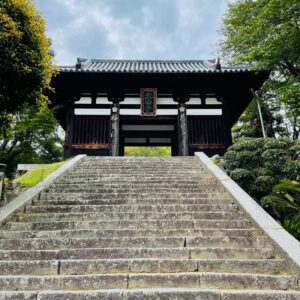
Ninomon (Deva gate) is an eight-legged gate built by Irimoya (building with a gabled, hipped roof), which was rebuilt in 1305. Passing through the Ninomon raises expectations for the main hall of the national treasure. The Sannomon Gate (Shitenno Gate) is a gate rebuilt in 1683.
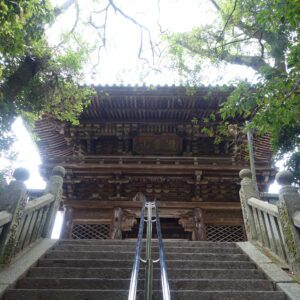
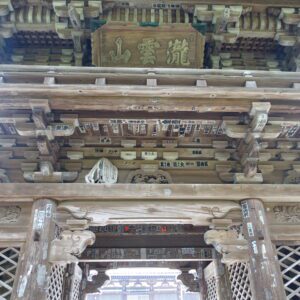
As soon as you pass through the Sannomon Gate (Shitenno Gate), you will find the main hall of the national treasure. The main hall was built in 1305 during the Kamakura period. The roof is a tiled roof made by Irimoya, which is the largest wooden structure in Ehime prefecture. The architectural style is based on Wa-yo (traditional Japanese style), and the details are based on Daibutsu-yo (Tenjiku-yo : Indian-style). It’s a wonderful main hall, and I’ve been fascinated by it for a while.
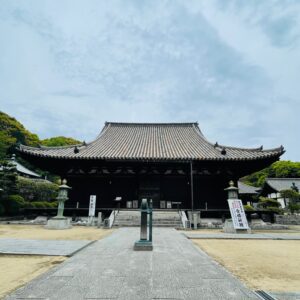
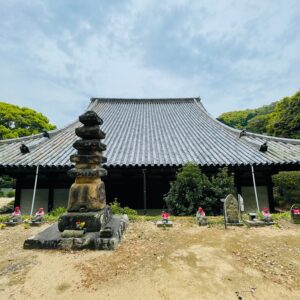
Taisanji Temple was founded in 587. Mido (enshrinement hall of a buddha) is said to have been built overnight. After that, in 739, at the request of Emperor Shomu, Gyoki Bosatsu carved an eleven-faced Kannon statue (a national important cultural property) and made it the principal image.
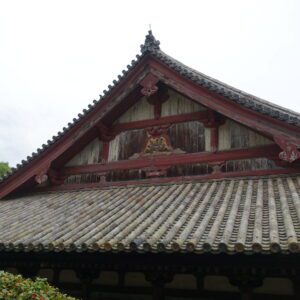
The bell tower was rebuilt in 1655. Temple bell, made in 1383, is a tangible cultural property designated by Ehime Prefecture.
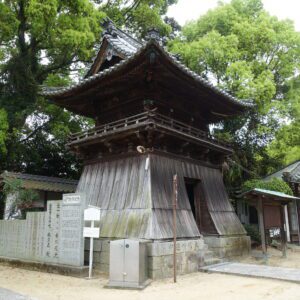
There is a group of stone Buddhas at the back of the approach. The area where these stone Buddhas are located was also a mysterious place.
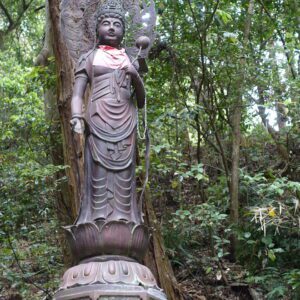
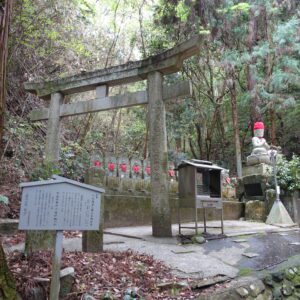
The main hall of Taisanji Temple, a national treasure, is really wonderful, and although it take some time from downtown Matsuyama, I think it is a temple worth visiting.
2. Taihoji Temple
After Taisanji Temple, I went to Taisanji Temple. The transportation I used are as follows.
Depart Katamawari at 10:05, Iyotetsu Bus “bound for Matsuyama City Station”, arrive at Miyata-cho at 10:31, Fare Yen 490
It takes about 15 minutes on foot from Miyata-cho bus stop to Daihoji Temple.
The main hall of Taihoji Temple is the oldest wooden building in Ehime prefecture and is designated as a national treasure. The architectural style is Wa-yo (traditional Japanese style). It is estimated to have been built in the early Kamakura period (1185-1333). According to the temple biography, it is said that the local lord Ochi Tamaoki founded Daihoji Temple in 701.

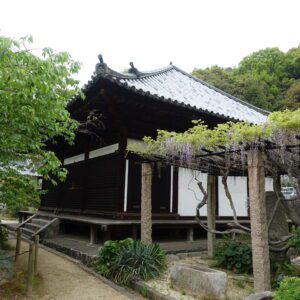
Three Buddhist statues, including one sitting wooden statue of Amida Nyorai, which is the principal image of the Buddha, are designated as national important cultural properties.
The main hall of Taihoji Temple is very small compared to the main hall of Taisanji Temple, and the Uba-zakura (faded beauty) in front of the main hall makes it difficult to see the main hall, so I could not understand its value as a national treasure.
Uba-zakura has the “Legend of Tsunogi Choja (Legend of Uba-zakura)”. The nanny “Osode” of the daughter “Tsuyu” of a baronial family called Tsunogi Choja prayed to Yakushi Nyorai and saved “Tsuyu” in exchange for his own life. Immediately before the death of “Osode”, she said “Please plant a cherry tree in gratitude to Yakushi Nyorai”, and Tsunogi Choja planted a cherry tree in front of the temple as promised. It is said that the cherry blossoms had two or three flowers on the trunk immediately, and the color of the flowers was like breast milk. This story was translated into English by Yakumo Koizumi.
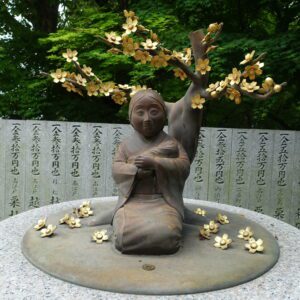
3. Bansuiso
After returning to Okaido from Daihoji Temple and having lunch, it began to rain quite heavily. Therefore, the only thing I could do in the afternoon was to go to Bansuiso, which is very close to Okaido, and take pictures.
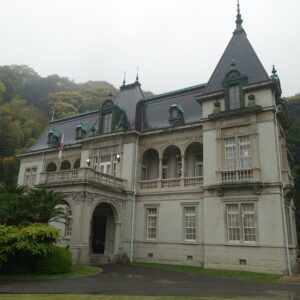
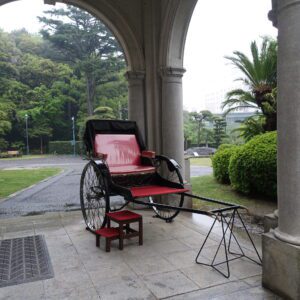
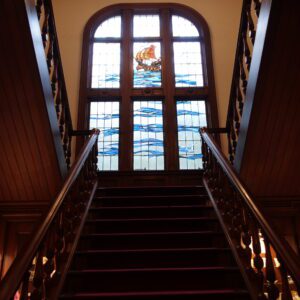
The main building of Bansuiso and the manager’s building are national important cultural properties. Bansuiso was built in 1922 by Count Sadakoto Hisamatsu, a descendant of the former Matsuyama feudal lord, as a villa. A French Renaissance-style Western-style building designed by architect Shichiro Kigo. Shichiro Kigo designed Bansuiso after several months of traveling around Europe to study Western architecture. Bansuiso is the oldest reinforced concrete building in Matsuyama City.
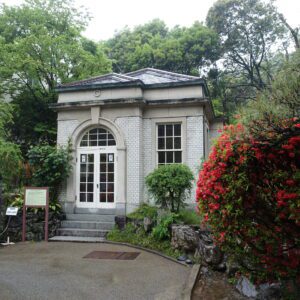
Admission fee: Adults Yen 300, Children Yen 100
The architect Tadao Ando designed the “Saka no Ue no Kumo Museum” next to Bansuiso.
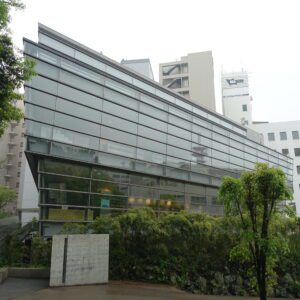
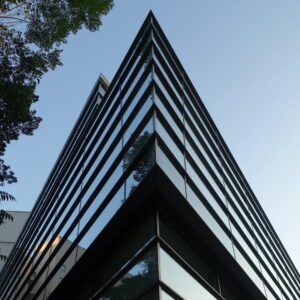
4. Matsuyama Castle, Ishiteji Temple, Dogo Onsen (for 2020 visit)
It was a pity that I couldn’t go to the planned sightseeing spot this time due to the rain in the afternoon. I also went sightseeing in Matsuyama in November 2020, so I will post some photos of that time.
Matsuyama Castle is one of the existing 12 castle towers. The castle tower was rebuilt in the latter half of the Edo period and is the newest castle tower among the existing 12 castle towers. I could see a distant view this time, but I gave up going near Matsuyama Castle due to the rain.
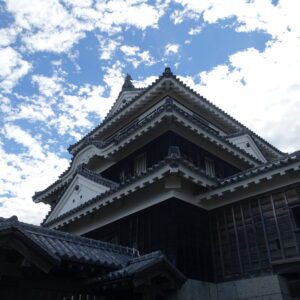
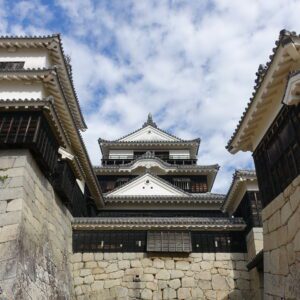
Twenty-one buildings, including the castle tower of Matsuyama Castle, have been designated as national important cultural properties, and the remains of the castle have been designated as national historic sites. Matsuyama Castle is one of Japan’s three major Hirayama castles (castle on a hill in the plains : the others are Himeji castle and Tsuyama castle), and one of the three major interconnected-style Hirayama castles (the others are Himeji castle and Wakayama castle). We can clearly see that Matsuyama Castle seen in the distant view this time is an interconnected-style Hirayama Castle. The interconnected-style is one of the territorial types of the castle tower, and the castle tower, the small castle tower, and the turret are connected by a corridor or a Tamon turret so that they form a square when viewed from the sky.
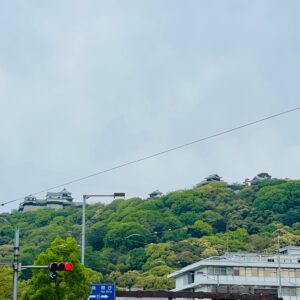
Ishiteji Temple is a fun temple to visit, with a mantra cave and unusual stone Buddha statues in the precincts. It was selected as a 1-star by the 2009 Michelin Green Guide Japan.
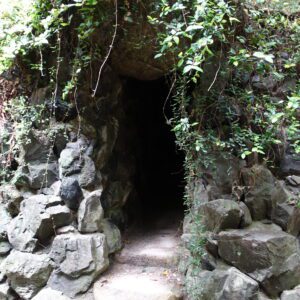
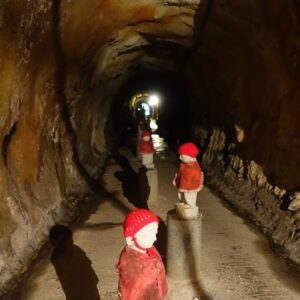
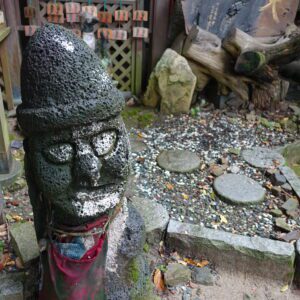

Ishiteji Temple is popular for its unique stone Buddha. However, it is a fascinating temple with many cultural properties. The Nioumon (Deva gate) of Ishiteji Temple is a national treasure. It is believed to have been built in 1318.
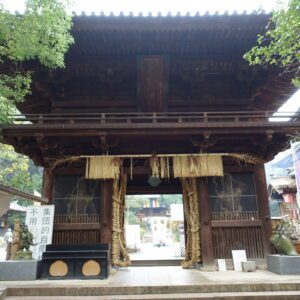
There are eight national important cultural properties at Ishiteji Temple: the main hall, the three-storied pagoda, the Kariteimotendo, the bell tower, the Gorinto, the bronze bell, and the wooden statue of Nio (Two Deva Kings).

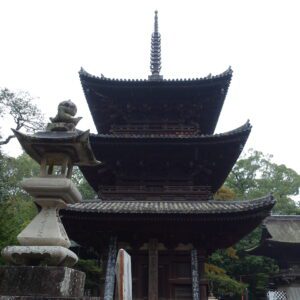
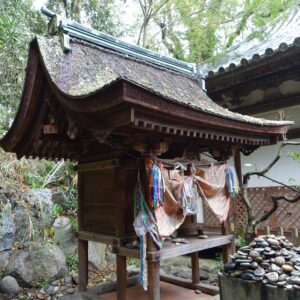

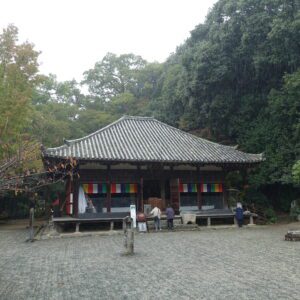
The Dogo Onsen Main Building is also a national important cultural property. It is about a 15-minute walk from Ishiteji Temple.

It was a pity that it rained on the last day of this trip to Kochi and Ehime prefectures. However, I was able to enjoy nature such as the Shimanto River, and visited many national treasures, national important cultural properties, and national Preservation Districts for Groups of Traditional Buildings, which was a very satisfying trip. Ryotaro Shiba’s “Kaido wo iku : Minami Iyo / Nishitosa Road” introduced the road from Matsuyama Airport through Ozu, Unomachi, and Uwajima to Kochi Prefecture (Shimanto City). Coincidentally, the trip I took this time was just the opposite of the “Minami Iyo / Nishi Tosa Road”. This is the recommended route.
I moved from Matsuyama city to Matsuyama airport and returned to Tokyo. The transportation I used is as follows.
Depart Okaido at 17:26, Matsuyama Airport limousine, arrive at Matsuyama Airport at 17:55, Fare Yen 750
Depart Matsuyama Airport at 19:30, ANA598, arrive at Haneda Airport at 21:00
Note: The departure / arrival times, fares of transportation, admission fees, meal fees, etc. listed in the text are as of the time of writing the BLOG. Please check for yourself when you go on a trip as it may change in the future.